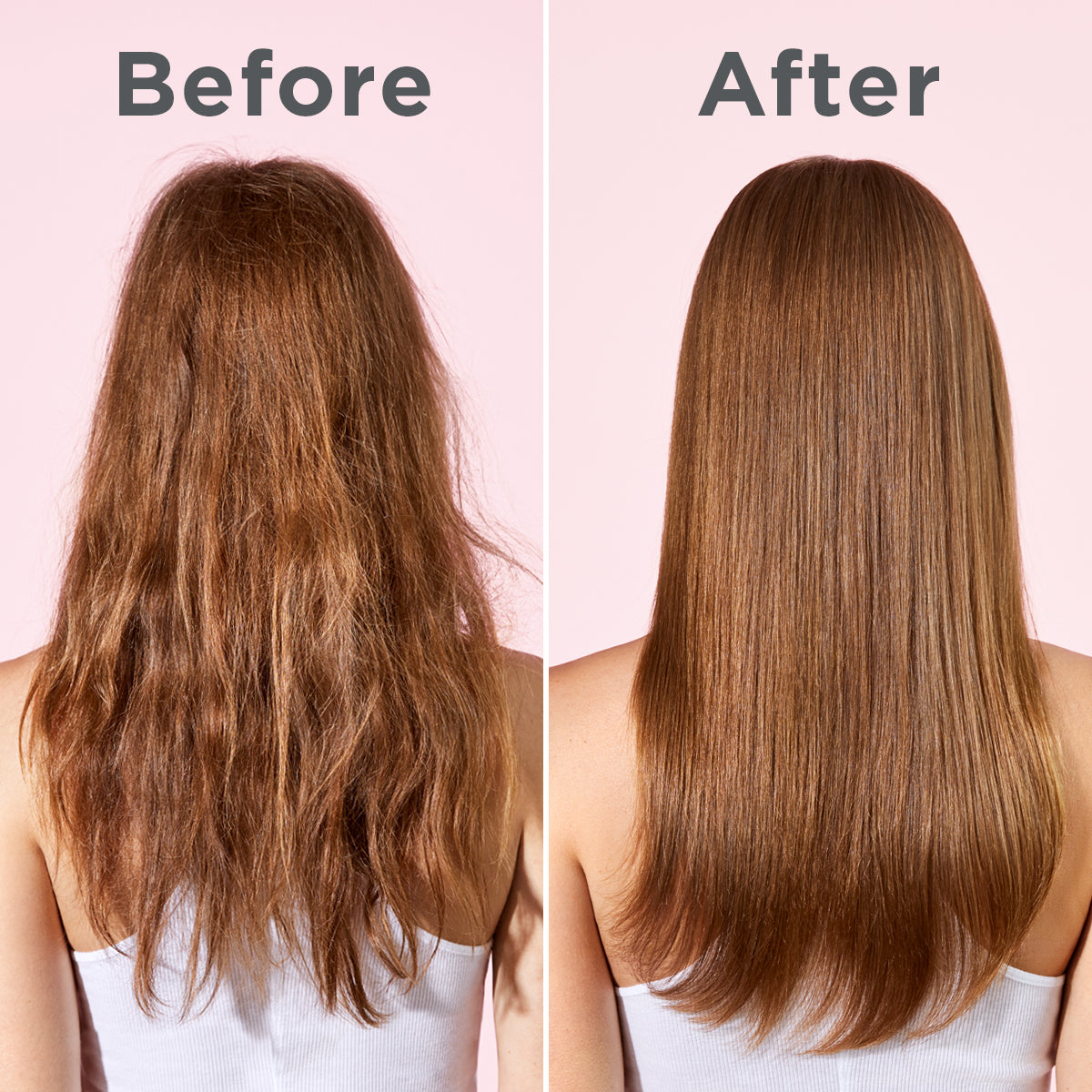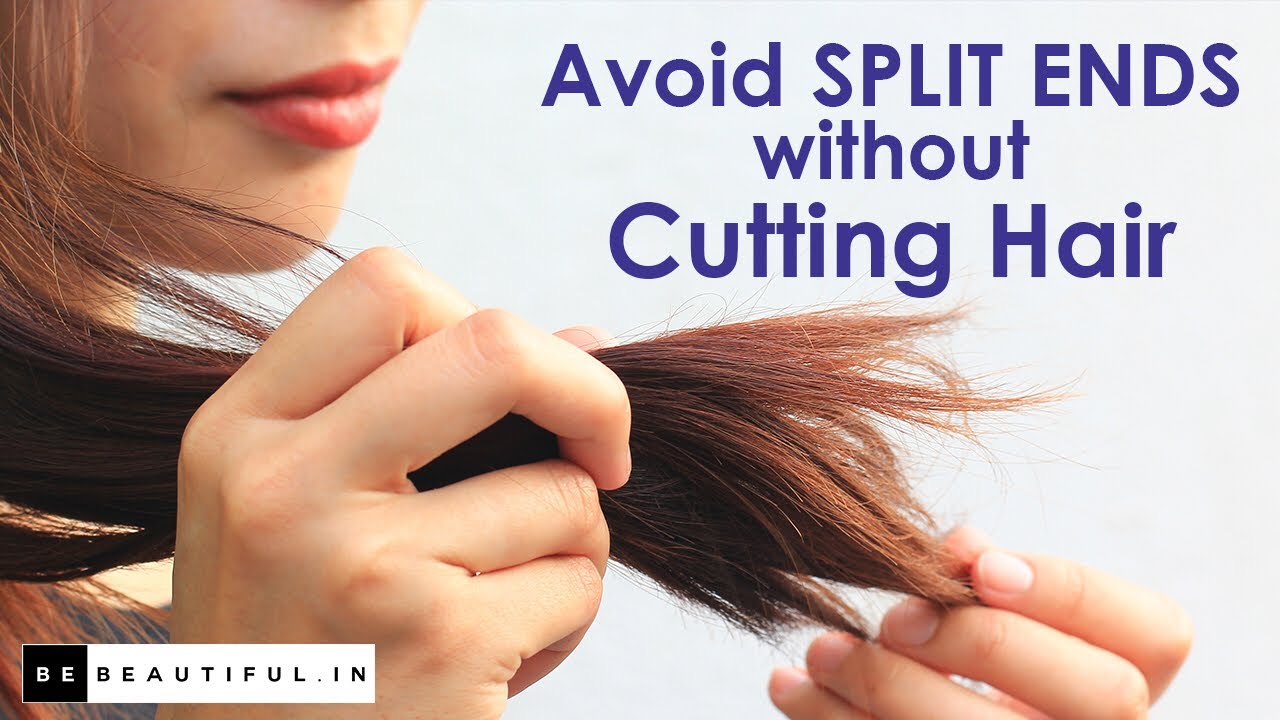How to use hair essence to prevent split ends? It’s a question that plagues many a hair-obsessed individual! This isn’t your grandma’s hair oil, folks. We’re diving deep into the magical world of hair essences – those lightweight elixirs promising smoother, stronger, and undeniably more fabulous locks. Prepare to unlock the secrets to preventing those pesky split ends and achieving the mane of your dreams, because we’re about to embark on a journey to hair nirvana!
From understanding the science behind split ends and the diverse formulations of hair essences to mastering the art of application and integrating them into your daily routine, we’ll cover it all. We’ll explore different hair types, tackle common issues like greasy build-up, and even reveal the surprising connection between a balanced diet and those enviable, split-end-free tresses. Get ready to ditch the split ends and embrace the glorious shine!
Understanding Hair Essence and Split Ends
Let’s dive into the fascinating world of hair essence and those pesky split ends! We’ll unravel the mysteries of hair essence ingredients, the root causes of split ends, and how different essences tackle these frustrating frayed ends. Think of this as your ultimate guide to achieving gloriously healthy, split-end-free hair.
Hair Essence Composition and Active Ingredients
Hair essences are essentially lightweight serums packed with nourishing ingredients. Common components include silicones (for shine and smoothness), oils (like argan or coconut oil for hydration), and proteins (like keratin to strengthen hair). The specific active ingredients vary widely depending on the brand and intended use. Some essences boast vitamins, antioxidants, or UV protectants to further enhance hair health.
For example, an essence designed for dry hair might focus on deeply moisturizing oils like shea butter, while an essence for damaged hair may prioritize protein-rich ingredients to repair the hair shaft.
Causes and Impact of Split Ends, How to use hair essence to prevent split ends
Split ends, those annoying little frayed bits at the end of your hair strands, are primarily caused by mechanical damage. Think excessive brushing, heat styling (hello, straighteners and curling irons!), and even rough towel-drying. Environmental factors like sun exposure and pollution also play a role. Over time, split ends can travel up the hair shaft, leading to further breakage and ultimately, shorter, less healthy hair.
It’s a bit like a domino effect – one split end can lead to many more!
Effectiveness of Various Hair Essence Types in Preventing Split Ends
Different hair essences offer varying levels of effectiveness in preventing split ends. Essences rich in moisturizing oils are excellent at sealing the hair cuticle, reducing the likelihood of further splitting. Protein-based essences can help repair damaged hair strands, making them less prone to breakage. However, it’s crucial to remember that hair essence is a preventative measure; it won’t magically fix already split ends.
Regular trims remain essential for removing severely damaged ends.
Selecting the Right Hair Essence
Choosing the right hair essence is like finding the perfect pair of shoes – it depends entirely on your hair’s unique needs. Let’s explore how to navigate the world of hair essence selection and find your perfect match.
Choosing Hair Essence Based on Hair Type
The ideal hair essence depends heavily on your hair type. For oily hair, opt for a lightweight, non-greasy essence that won’t weigh your hair down. Dry or damaged hair will benefit from richer, more moisturizing essences. Fine hair might require a lighter formula to avoid buildup, whereas thick or coarse hair might tolerate a heavier, more emollient product.
- Oily Hair: Lightweight, water-based essences with minimal oils.
- Dry Hair: Rich essences packed with moisturizing oils like argan, coconut, or jojoba oil.
- Damaged Hair: Essences containing proteins (like keratin) and strengthening ingredients.
Reading and Understanding Hair Essence Product Labels

Product labels are your best friend! Pay close attention to the ingredient list to identify key components. Look for terms like “hydrating,” “smoothing,” “repairing,” or “strengthening” to gauge the essence’s intended purpose. Also, check for any potential allergens or irritants.
Decision Tree for Hair Essence Selection
Imagine a decision tree: Start by identifying your hair type (oily, dry, damaged, etc.). Then, consider your primary hair concern (e.g., dryness, breakage, frizz). Finally, select an essence that addresses your specific needs. For instance, if you have dry, damaged hair, you’d choose an essence rich in moisturizing oils and proteins. If you have oily hair prone to frizz, you’d opt for a lightweight essence with smoothing properties.
Proper Application Techniques
Applying hair essence correctly is key to maximizing its benefits. Let’s learn the proper techniques for both wet and dry hair.
Applying Hair Essence to Wet and Dry Hair

For wet hair, apply the essence after washing and conditioning, focusing on the mid-lengths and ends. Gently squeeze out excess water before application to prevent dilution. For dry hair, apply a small amount to the ends to control frizz and add shine. Avoid applying too close to the scalp, especially if you have oily hair.
- Wet Hair Application: Illustrate the process with a diagram showing the application from mid-lengths to ends, avoiding the scalp. The diagram should show a person gently applying the essence with their hands, working it through the hair from the mid-lengths to the ends.
- Dry Hair Application: A diagram showing a person applying a small amount of essence to the ends of their hair, focusing on the areas most prone to splitting. The diagram emphasizes the light touch and focus on the tips.
Using the Right Amount of Hair Essence
Less is often more! Start with a small amount and add more if needed. Overusing essence can lead to greasy hair or product buildup. A pea-sized amount is usually sufficient for shoulder-length hair; adjust accordingly for longer or shorter hair.
Incorporating Hair Essence into a Hair Care Routine
Integrating hair essence into your existing hair care routine is simple and can significantly improve your hair’s health.
Sample Weekly Hair Care Routine with Hair Essence
A sample routine might involve washing and conditioning your hair twice a week, applying hair essence after each wash, and using a heat protectant spray before heat styling. On non-wash days, you could use a leave-in conditioner or a light hair oil to maintain hydration.
Ideal Frequency of Hair Essence Use
The ideal frequency depends on your hair type and the essence’s formulation. Daily use might be suitable for dry or damaged hair, while every other day or twice a week might suffice for oily hair. Always follow the product’s instructions for optimal results.
Benefits of Hair Essence Compared to Other Hair Care Products
Hair essence complements other hair care products like conditioners and masks. While conditioners primarily hydrate and detangle, essences provide additional protection and shine, sealing the hair cuticle and reducing frizz. They offer a lighter, less heavy alternative to oils for daily use.
Addressing Specific Hair Concerns

Let’s tackle some common hair concerns and how hair essence can help.
Using Hair Essence for Heat-Styling Damaged Hair
For heat-styled hair, apply a heat protectant spray before styling, followed by a lightweight hair essence after styling to seal the hair cuticle and minimize damage. Choose an essence with heat-protective properties for added safeguard.
Complementary Hair Care Practices for Split End Prevention
Regular trims are crucial for removing split ends. Minimizing heat styling, using a wide-tooth comb to detangle, and protecting your hair from the sun and pollution are also essential for preventing split ends.
Using Hair Essence for Different Hair Textures
The choice of essence might vary depending on your hair texture. Curly and coily hair often benefits from heavier, more moisturizing essences to combat dryness and frizz. Straight hair might prefer lighter essences to avoid weighing it down.
Troubleshooting Common Issues
Even with the best intentions, some hiccups might occur. Let’s address common problems and their solutions.
Solutions for Greasy Hair or Product Buildup
If your hair feels greasy or heavy, you’re likely using too much essence. Try reducing the amount applied or using a clarifying shampoo once a week to remove product buildup. Ensure you’re applying the essence to the mid-lengths and ends, avoiding the scalp.
Storing Hair Essence for Optimal Effectiveness
Store hair essence in a cool, dry place away from direct sunlight and heat. This helps maintain the integrity of its ingredients and prevents it from degrading.
Comparison of Hair Essence Brands
Choosing the right brand can feel overwhelming! Here’s a comparison table (remember, this is a sample, specific product details may vary):
| Brand | Hair Type | Key Ingredients | Price Range |
|---|---|---|---|
| Brand A | Dry, Damaged | Argan Oil, Keratin | $20-$30 |
| Brand B | Oily, Fine | Aloe Vera, Hyaluronic Acid | $15-$25 |
| Brand C | Curly, Coily | Shea Butter, Coconut Oil | $25-$35 |
| Brand D | All Hair Types | Silicones, Panthenol | $10-$20 |
Maintaining Healthy Hair Beyond Essence
Hair essence is a valuable tool, but healthy hair starts from within and extends to overall hair care practices.
Importance of Diet and Hydration
A balanced diet rich in protein, vitamins, and minerals is crucial for healthy hair growth. Staying well-hydrated also contributes to shiny, strong hair. Think of your hair like a plant – it needs nourishment to thrive!
Benefits of Regular Trims
Regular trims are non-negotiable for maintaining healthy hair. They remove split ends, preventing them from traveling up the hair shaft and causing further breakage. Aim for trims every 6-8 weeks, or more frequently if your hair is particularly prone to splitting.
Protecting Hair from Environmental Damage
Sun, pollution, and harsh weather conditions can damage your hair. Use a UV protectant spray, wear a hat when outdoors, and consider using a hair mask once a week to repair environmental damage.
Last Recap: How To Use Hair Essence To Prevent Split Ends
So, there you have it – your comprehensive guide to conquering split ends with the help of hair essence! Remember, the key is consistency, choosing the right product for your hair type, and embracing a holistic approach to hair care. With a little patience and the right techniques, you’ll be well on your way to healthier, happier, and undeniably more glamorous hair.
Now go forth and unleash your inner hair goddess (or god!).
